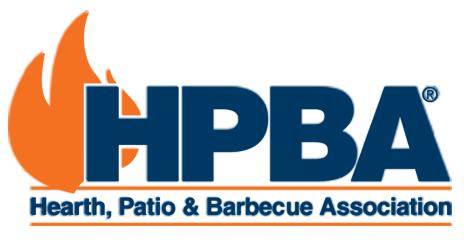What is Creosote?
Burning wood, no matter how you do it, releases pollutants, mainly in the form of gases and particulate matter. There is no avoiding this but, how these things are dealt with in your wood burning appliance can vary greatly - not only in the type of stove you choose but in how you operate it. One of the main dangers of wood burning is the excessive build up of creosote in chimneys and stove pipes.
Creosote is a gummy, foul smelling, corrosive and extremely combustible substance that, if no precautions are taken, will coat the insides of everything it passes through. It is formed when volatile gases given off in the burning process combine and condense on their way out of the chimney.
The gases leave the burning wood with the smoke. If the smoke is cooled below 250 degrees F, the gases liquefy, combine, and solidify, forming creosote. Creosote takes several forms, all bad. As a liquid, it can run down the insides of pipes and chimneys, oozing out of any openings. It can form a hard layer coating the insides of pipes and chimney liners. It can form into a fluffy substance that plugs pipes and breaks off and falls down, filling low spots in piping. It is the cause of most chimney fires and the main reason chimneys and pipes have to be cleaned and inspected periodically
Several conditions promote creosote buildup:
- A flue too large for the wood burning appliance (unlined insert)
- Restricted air supply
- Unseasoned or rain-logged wood
- Cooler surface flue temperatures (metal fireplace chimney)
The primary cause of creosote build up is a cool chimney. Metal, prefabricated zero clearance fireplace chimney's are the worst offenders. If possible, an insulated chase helps to “warm” the metal chimney.


